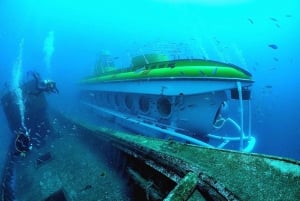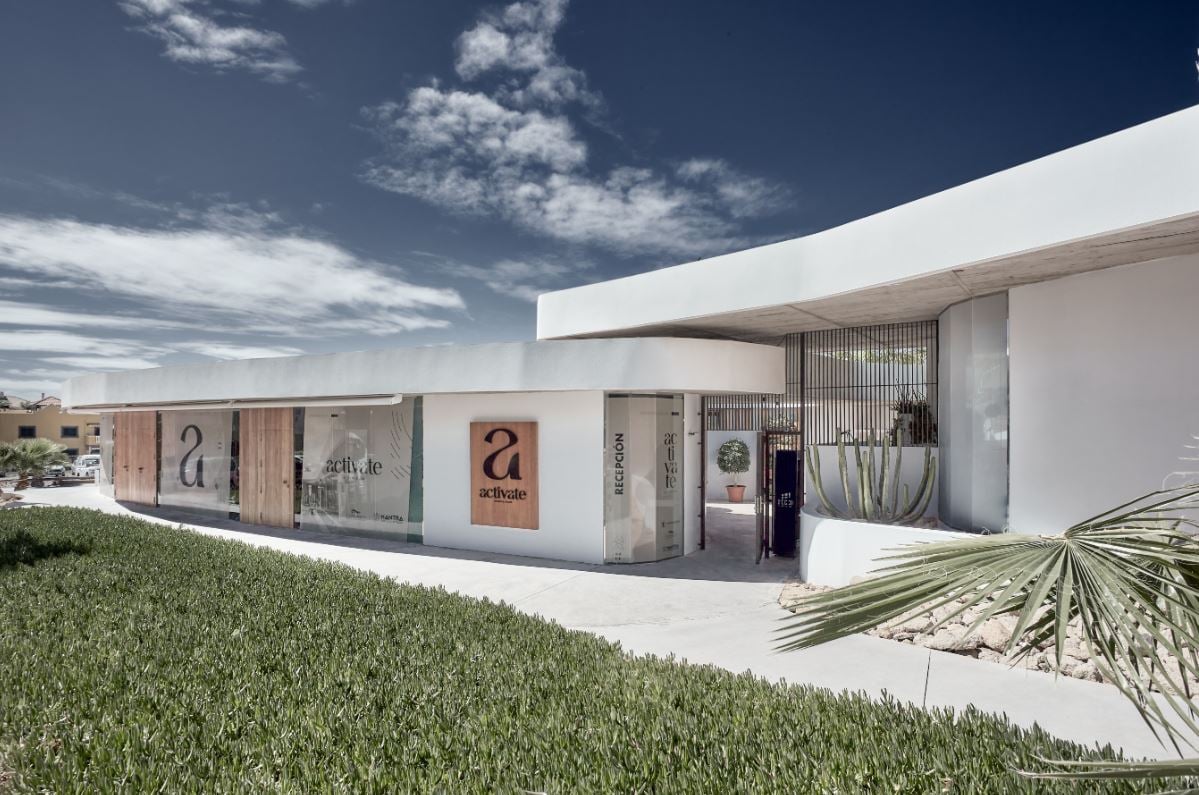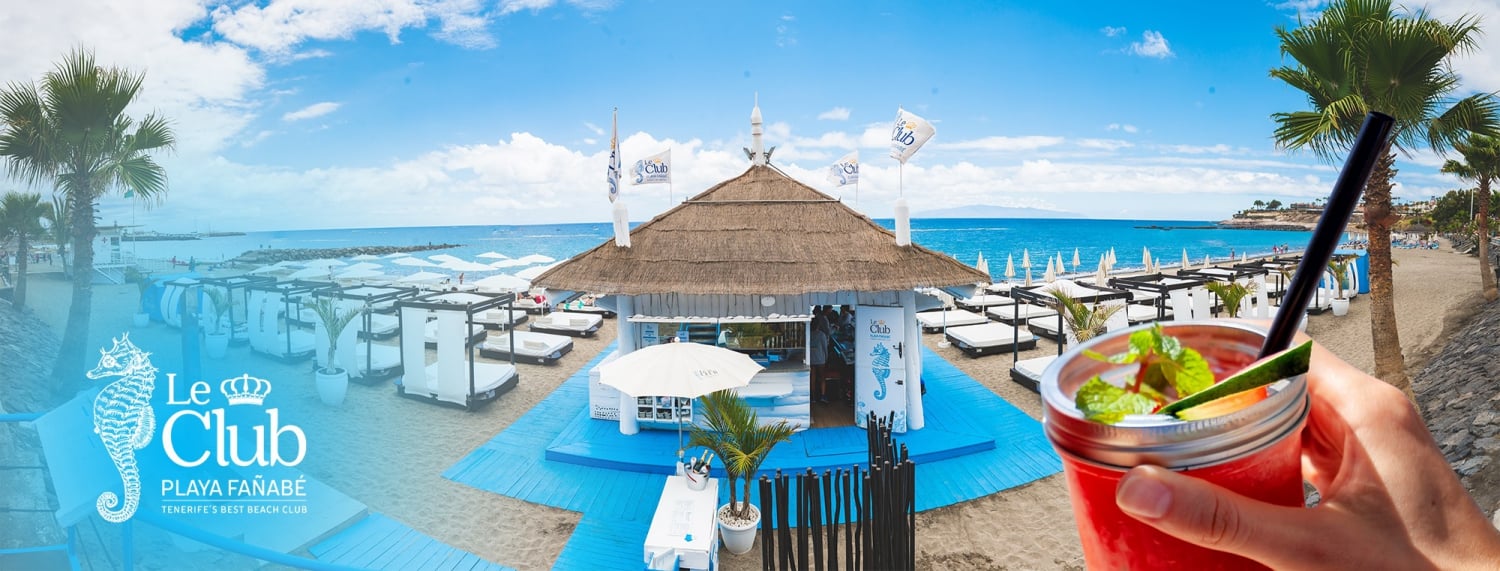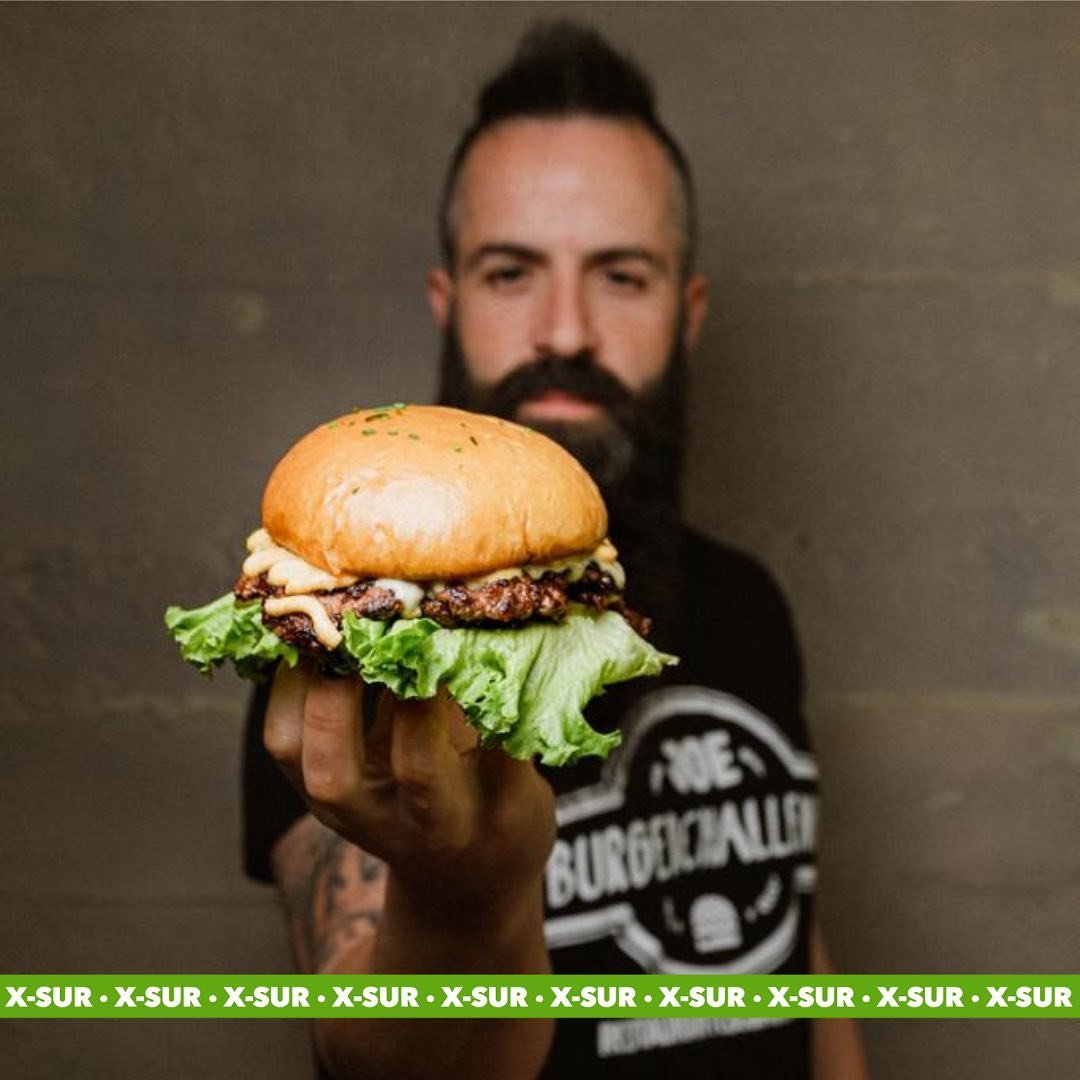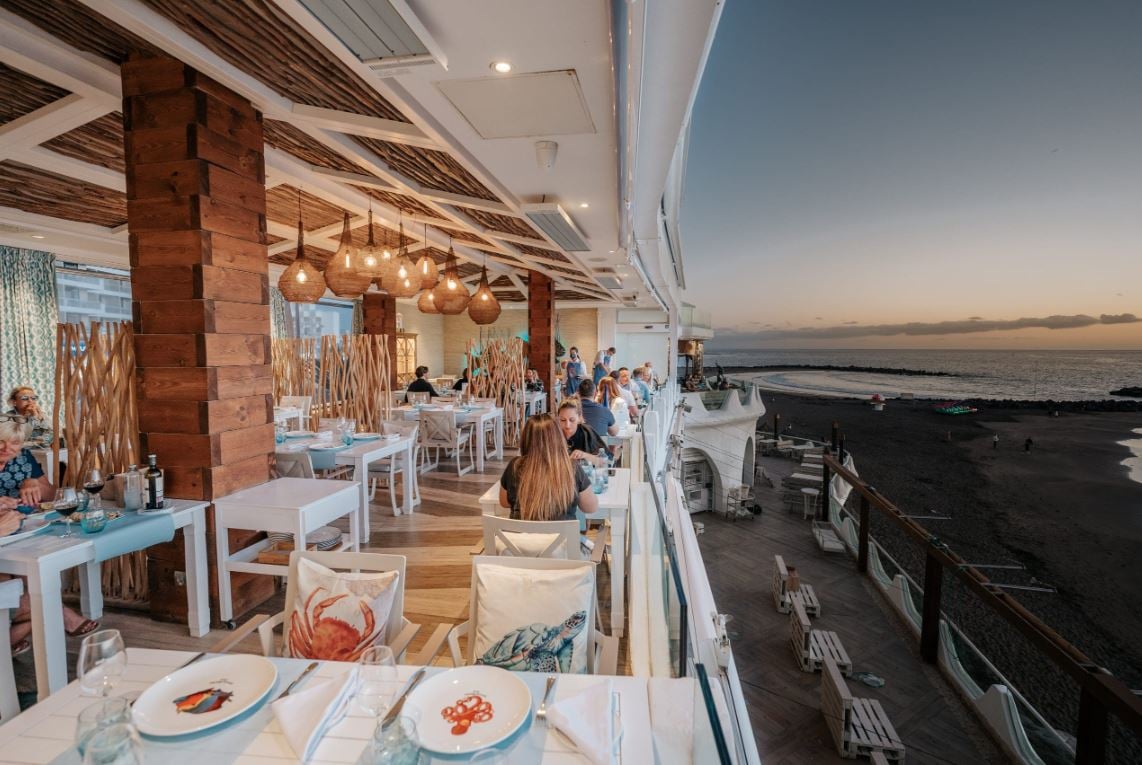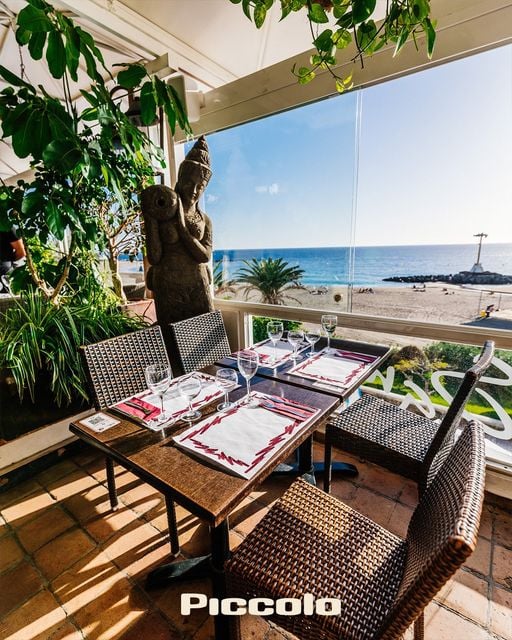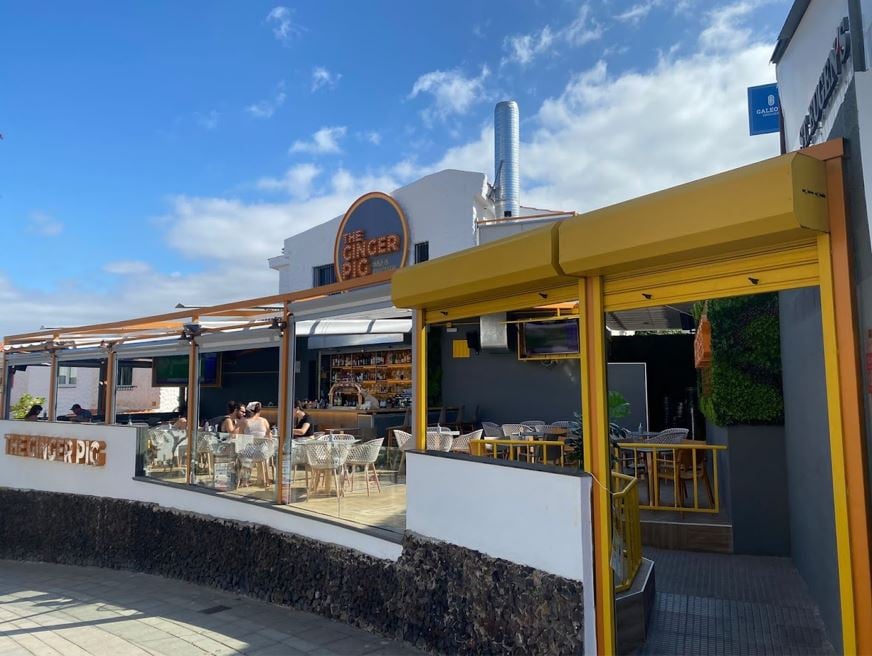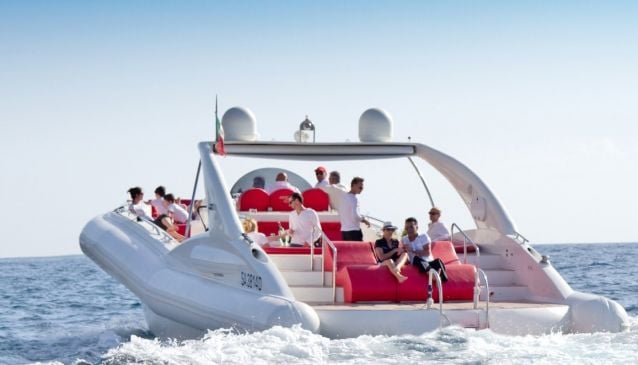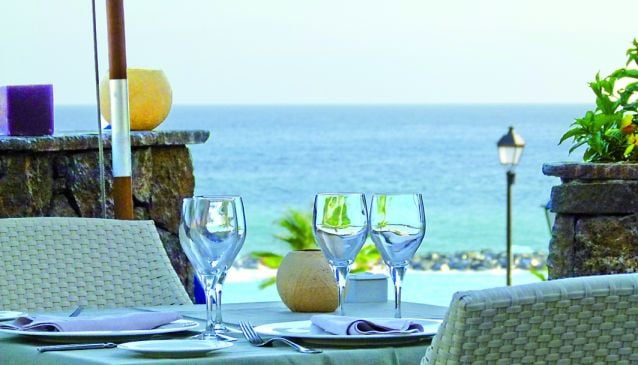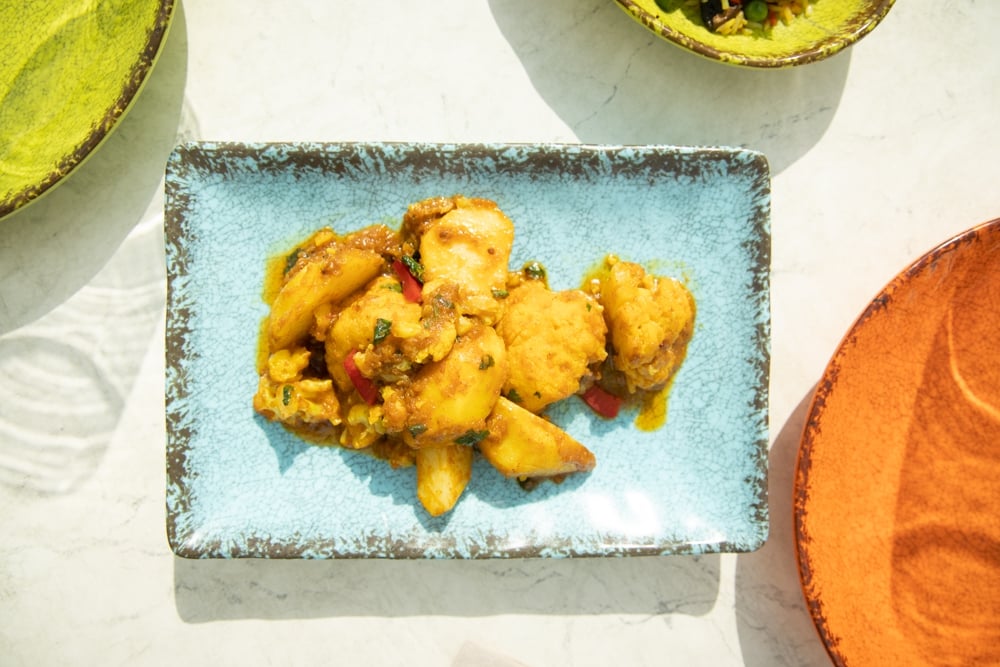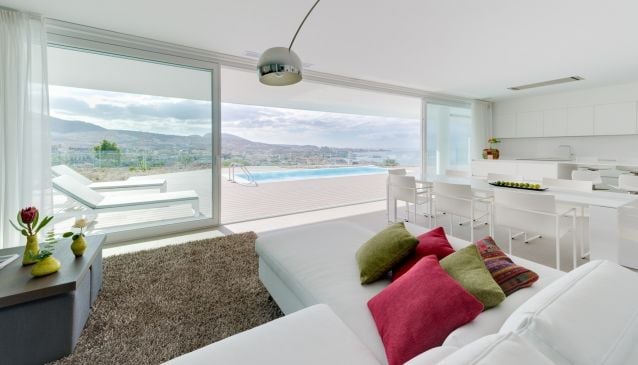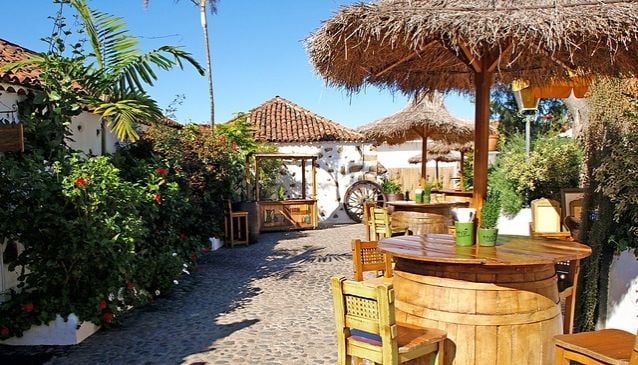Wait! There's More Than One Type Of Paddle Board?!
Book Top Experiences and Tours in Tenerife:
If youʻre booking your trip to Tenerife last minute, we have you covered. Below are some of the top tours and experiences!- Tenerife: Paragliding with National Champion Paraglider
- Tenerife: Private Day Tour of the Island with Hotel Pickup
- From Playa de las Américas: Full-Day Teide Jeep Safari
- Tenerife: Private Taganana and Anaga Day Trip with Pickup
- Tenerife: Wine Museum Ticket with Local Wines & Food Tasting
What To Look For When Choosing A Paddle Board
Choosing a paddle board is not as straightforward as many people are led to believe because there are so many different types that come in different shapes, sizes, and materials. When you're looking for the best sup boards, you must take several aspects into account. These range from size, materials, and, more importantly, type. Aside from the kind of board, which will be covered later, the main factors include the following:
- Material: The material that the paddle board is made out of will determine how durable it will be and how it will handle different water conditions.
- Width: Width is crucial because it determines how stable the board will be on the water. A wider board usually provides more stability than a narrower one.
- Length: Length is also significant because it determines if you can reach your feet over the nose of the board to get traction when going upwind or downwind.
- Weight Capacity: Weight capacity refers to how much weight, in pounds, can be loaded onto the paddleboard before it sinks. The average weight capacity for most boards ranges from 250lbs to 400lbs, but higher-end models may have higher weight capacities.
- Inflatable or rigid: Another aspect you need to factor in is whether or not you need a rigid or inflatable option. Rigid models are more robust, but most folks prefer inflatable models due to their portability.
Types Of Paddle Board
As mentioned previously, a major consideration is the type of paddle boarding you intend to do. Although you might think a paddle board is a paddle board, there are significant differences depending on the activity. In order to assist you in making a decision, let's look at some of the most prevalent options.All-Around
Known for their versatility, paddle boards of this type are fantastic for beginners and casual users. These "all-around" boards let you experience paddle boarding in all its forms. These boards are very stable and easy to handle and can be used on flat water, in the surf, or long distances. It is not uncommon for long-time paddle boarders to start with something like this before moving on to something a bit more niche.Fishing
A fishing paddle board is a type of stand-up paddle board that allows you to fish while you stand on the board and is designed for people who enjoy fishing (surprise, surprise!). A fishing board is one of the most stable boards offering maximum flotation, so you can comfortably carry your gear. A fishing board is distinguished by all of its attachment points for securing your equipment, such as:- Fishing rod holders
- Tackle boxes
- GPS mounts
- Other fishing gear you might need
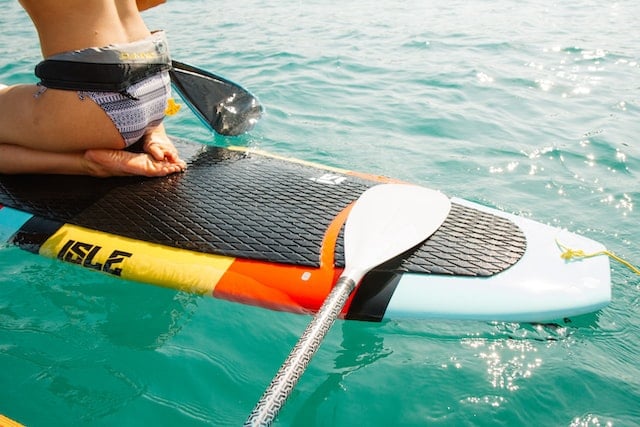
Touring
A touring paddle board is a type of stand-up paddle board used for long-distance travel, with the main feature being a larger surface area, enabling it to support more weight. Touring boards are also longer and have a wider beam than other types of paddle boards. Furthermore, you can use them for surfing, sailing, or fishing because of their high level of stability.Surf
A surf paddle board is a board used for surfing that is propelled by a paddle. Surf paddle boards are popular because they are easy to use and allow the rider to stand up while riding the waves.Materials
It is possible to find paddle boards in various shapes, sizes, and materials. But what materials are most common, and what are their pros and cons?Fiberglass
Fiberglass paddle boards have been the go-to option for many paddlers for years. They offer a variety of benefits that other types of boards do not, but they are not without their drawbacks. Fiberglass boards are generally more affordable than other options and offer better stability. They can also be more durable in some cases, depending on the manufacturer and how well it is constructed. However, they are often heavier than other choices, making them difficult to carry and transport.Foam
A foam paddle board is a type of paddle board that is made from a closed-cell foam material. It is not as durable as other types of boards, but it might be better for beginners because it provides more buoyancy making it more accessible to beginners.This post shows that there are many options regarding the type and material of paddle boards. The right paddle board for you will depend on what activities you enjoy, experience, and your budget.








